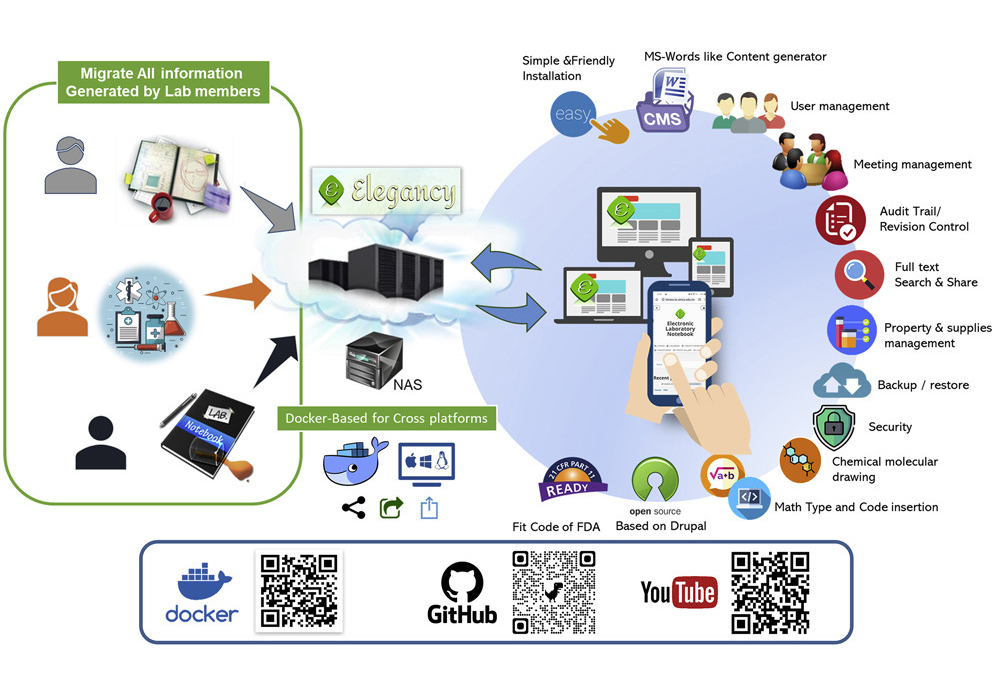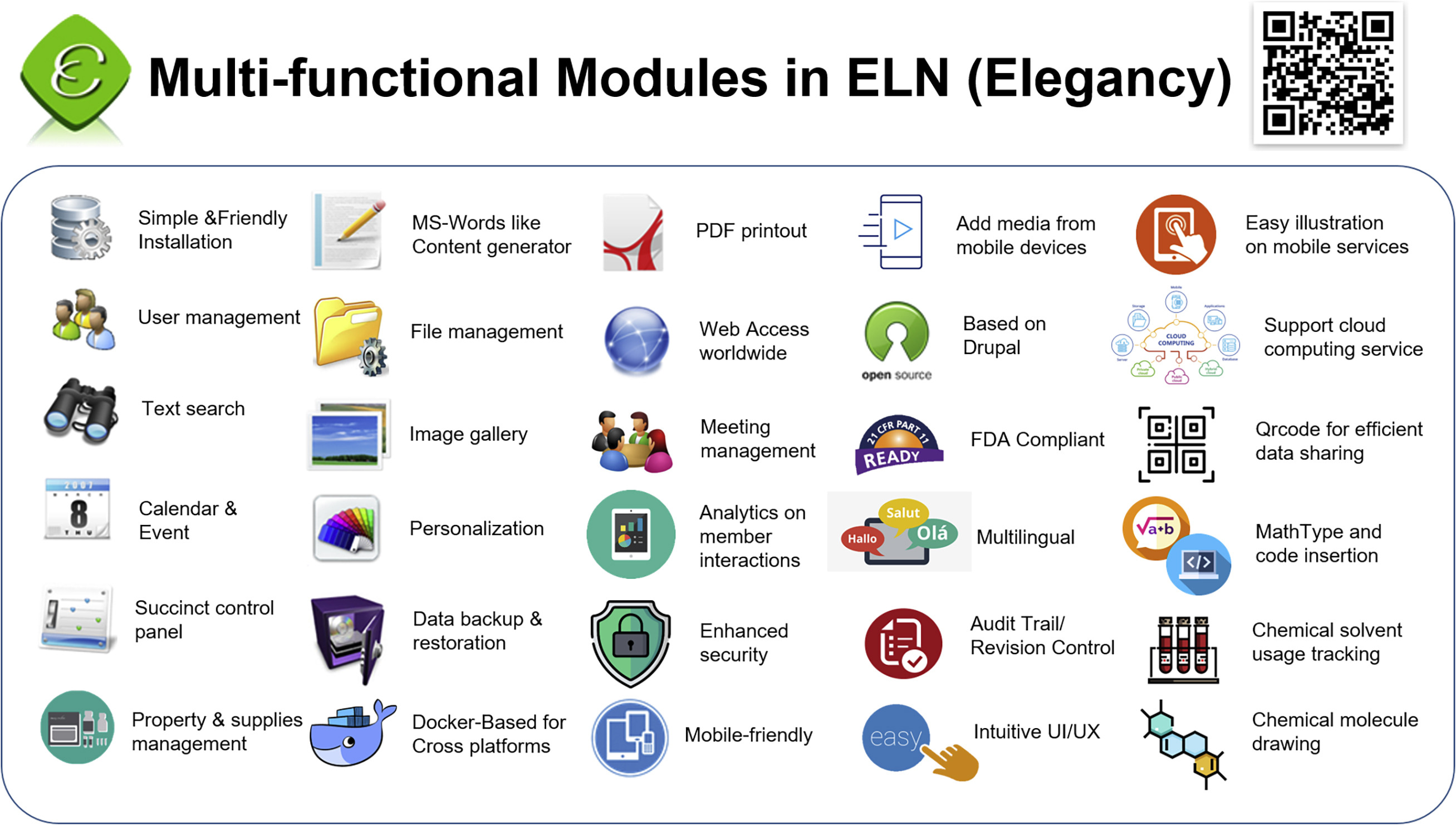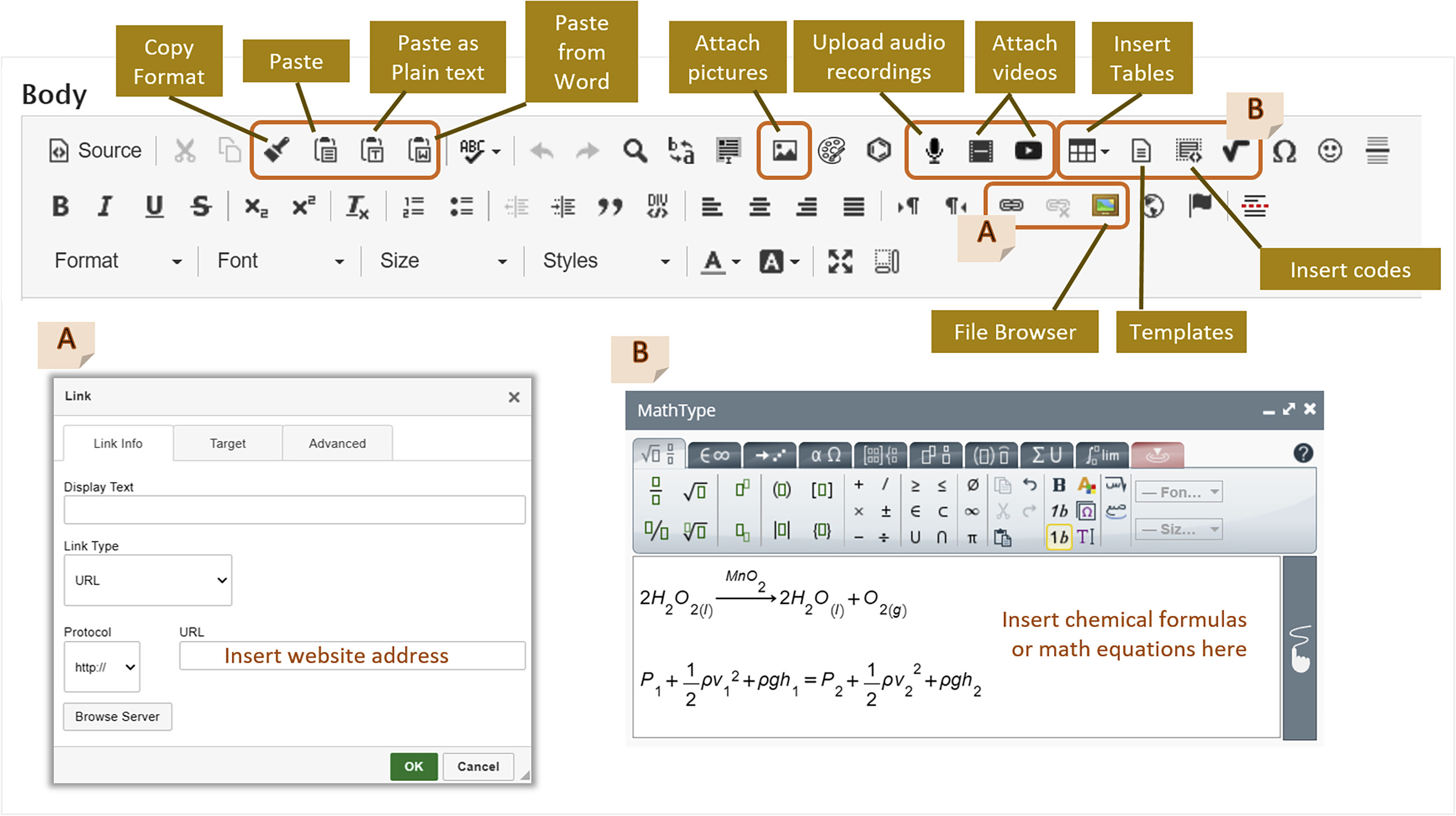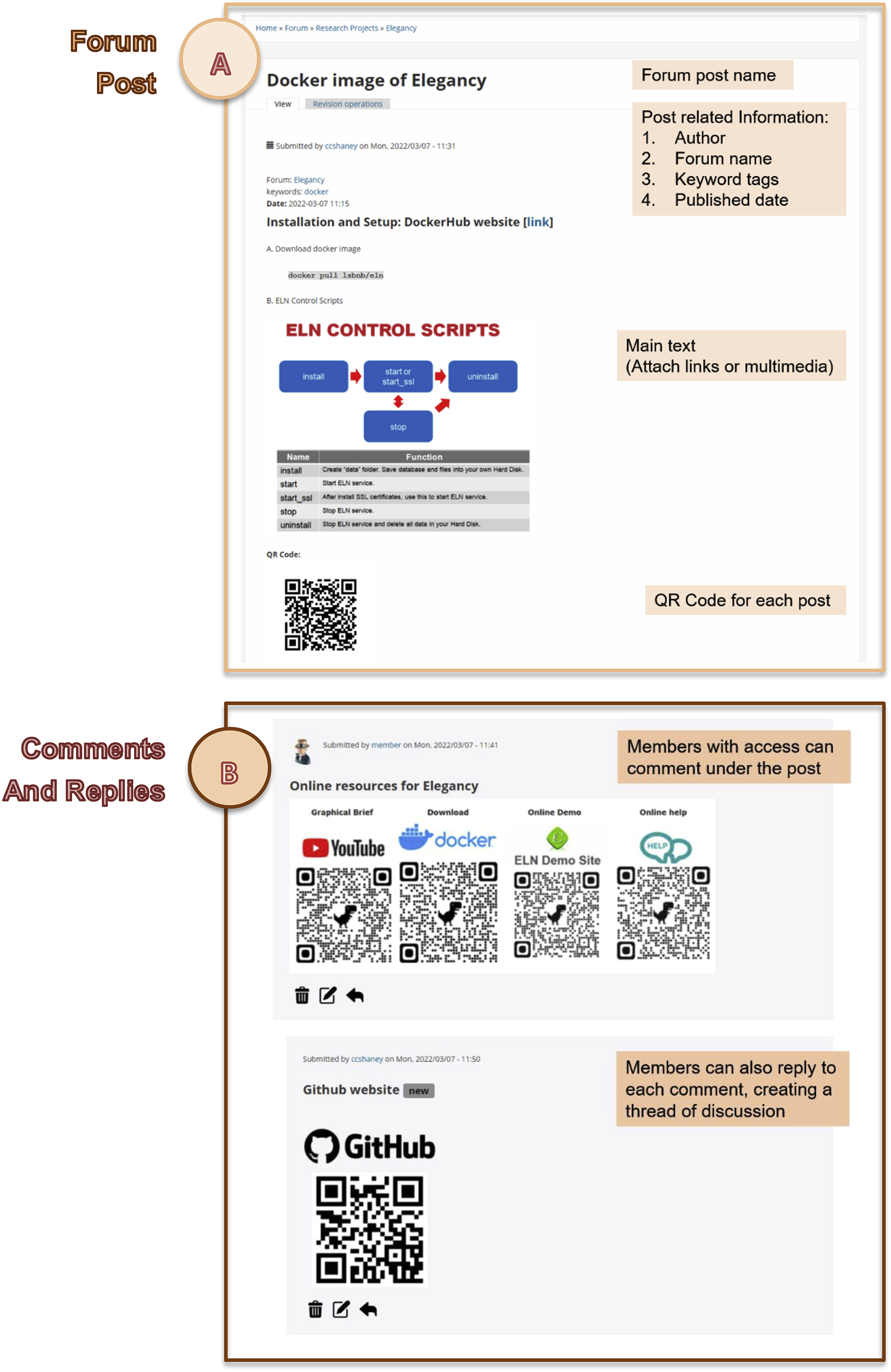Journal:Elegancy: Digitizing the wisdom from laboratories to the cloud with free no-code platform
| Full article title | Elegancy: Digitizing the wisdom from laboratories to the cloud with free no-code platform |
|---|---|
| Journal | iScience |
| Author(s) | Huang, Chih-Wei; Chuang, Wei-Hsuan; Lin, Chung-Yen; Chen, Chen, Shu-Hwa |
| Author affiliation(s) | Academia Sinica, Taipei Medical University, National Taiwan University |
| Primary contact | Email: sophia0715 at tmu dot edu dot tw |
| Year published | 2022 |
| Volume and issue | 25(8) |
| Article # | 104710 |
| DOI | 10.1016/j.isci.2022.104710 |
| ISSN | 2589-0042 |
| Distribution license | Creative Commons Attribution-NonCommercial-NoDerivatives 4.0 International |
| Website | https://www.sciencedirect.com/science/article/pii/S2589004222009828 |
| Download | https://www.sciencedirect.com/science/article/pii/S2589004222009828/pdfft (PDF) |
|
|
This article should be considered a work in progress and incomplete. Consider this article incomplete until this notice is removed. |
Abstract
One of the top priorities in any laboratory is archiving experimental data in the most secure, efficient, and errorless way. It is especially important to those in chemical and biological research, for it is more likely to damage experiment records. In addition, the transmission of experiment results from paper to electronic devices is time-consuming and redundant. Therefore, we introduce an open-source no-code electronic laboratory notebook (ELN), Elegancy, a cloud-based/standalone web service distributed as a Docker image. Elegancy fits all laboratories but is specially equipped with several features benefitting biochemical laboratories. It can be accessed via various web browsers, allowing researchers to upload photos or audio recordings directly from their mobile devices. Elegancy also contains a meeting arrangement module, audit/revision control, and laboratory supply management system. We believe Elegancy could help the scientific research community gather evidence, share information, reorganize knowledge, and digitize laboratory works with greater ease and security.
Keywords: bioinformatics, computer science, applied computing in physical science, applied computing in medical science, electronic laboratory notebook
Introduction
Paper-based laboratory notebooks have long been the dominant platform for recording experimental data in the scientific community. However, data written on paper cannot easily be searched, shared, or backed up and can easily be misplaced or lost. As stated in one study, up to 17 percent of non-digitized research data are lost yearly. (Vines et al., 2014) In addition, with the use of increasingly automated and modernized lab equipment, massive volumes of data are generated in a digital rather than physical format. These issues have given rise to electronic laboratory notebooks (ELNs), software platforms capable of storing, organizing, searching, and sharing experimental data. (Riley et al., 2017) ELNs significantly reduce human error in data archiving, making sharing of data and information more convenient. Users can gain access to an ELN anytime and anywhere. Because ELNs can be saved locally or in the cloud, data are backed up multiple times. Many ELNs are in the market, each with its own merits. (Huchet, 2021) For example, SciNote is fairly intuitive and installed locally or through Docker containers.
Similarly, eLabFTW (Hewera et al., 2021) is open-source software that supports local and cloud hosting. eLabFTW also offers a Docker image. However, as with most commercial ELNs, they provide limited storage and only a few functions in their unpaid version.
Thus, we created a cloud-based ELN, Elegancy, which employs a hybrid system of Drupal and our developed modules. Users can install it on local machines or servers with no code at all, and they can access it using a web browser on any mobile device. It is open-source and easy to install and navigate, with all functions available in the same package. Most importantly, Elegancy is entirely free. Elegancy is suitable for laboratories of any type and size. Elegancy would, therefore, be of great use in information sharing and laboratory work management in the research community.
Results
Elegancy is built with a handful of powerful tools that fulfill the basic needs of all kinds of laboratories, as illustrated in Figure 1.
|
Elegancy has several advantages over other ELNs, described below.
Great user experience and practical facilities
Elegancy is easy to set up, with no code required. Users can build their ELN by following the simple instructions and tutorial videos provided on our website. The graphical user interface (GUI) is intuitive and uncluttered. Options are displayed on the top of the panel, including a calendar that also serves as a timestamp. Users can also track the consumption of either office supplies or chemical solvents. English is the default language of Elegancy, with Mandarin and Japanese as built-in options. Users who have the resources for translation may add other languages. We provide multiple background themes for users to choose.
Regarding post-editing, the text editor is similar to commonly used software, such as Microsoft Word or Google Documents. Users can insert code, images, or tables and attach links to uploaded files, multimedia, or other posts (Figure 2).
|
All forum posts can also be exported as PDFs, and their source code is open for template modification if necessary. Elegancy has further been developed to facilitate collaboration. Users can share posts and meeting invitations with other users through e-mail from our ELN. Elegancy also includes a module that analyzes the interactivity between members, which can be presented in charts. Figure 3 is an example of a forum post. Lab members can comment under the main text and reply directly to each comment, thus creating a thread of discussion related to the topic.
|
An all-purpose notebook with special features aimed at biomedical laboratories
References
Notes
This presentation is faithful to the original, with minor changes to presentation; grammar and spelling required more cleanup for improved readability. In some cases important information was missing from the references, and that information was added. The original article listed references in alphabetical order; this version lists them in order of appearance, by design. Nothing else was changed in accordance with the NoDerivatives portion of the license.













